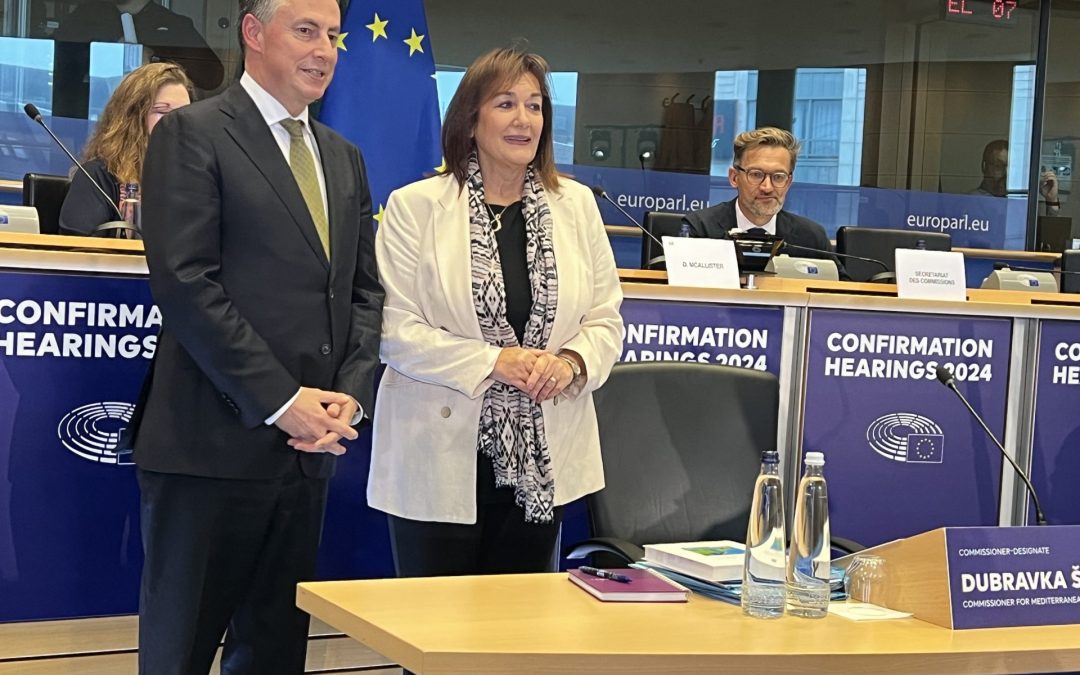Brussels (ANSA) – On Thursday, after months of work, the European Commission presents the Pact for the Mediterranean, a large framework with which Brussels aims for a turning point in relations with the North African shore. Migration, in fact, will not be the pivot of the Pact, which aims to expand its scope well beyond the Southern Shore of the Mare Nostrum. To the Gulf countries and the sub-Saharan region, just to name two examples.
The goal is that from this “Common Mediterranean Space” – a definition used in the introduction of the document – the first positive effects will emerge “within a year.” From a thematic point of view, energy will be the main focus. The “Trans-Mediterranean Renewable Energy and Clean Tech Initiative (T-Med)” platform will serve as a coordination mechanism to develop interventions on renewables, bringing together European, national, and international financial institutions and the private sector.
With the Pact for the Mediterranean, “the possibility for some North African countries to access the European Economic Area (EEA)” will also open up, that is, the model currently applied to Switzerland, Iceland, and Norway, explained a European source close to the dossier. Migration remains a central theme. With this document, the EU wants to demonstrate to its partners that it has learned the lesson and listened to the needs of the southern shore in a perspective of sustainable development, abandoning any “predatory attitude” (October 14).
 go to the original language article
go to the original language article
